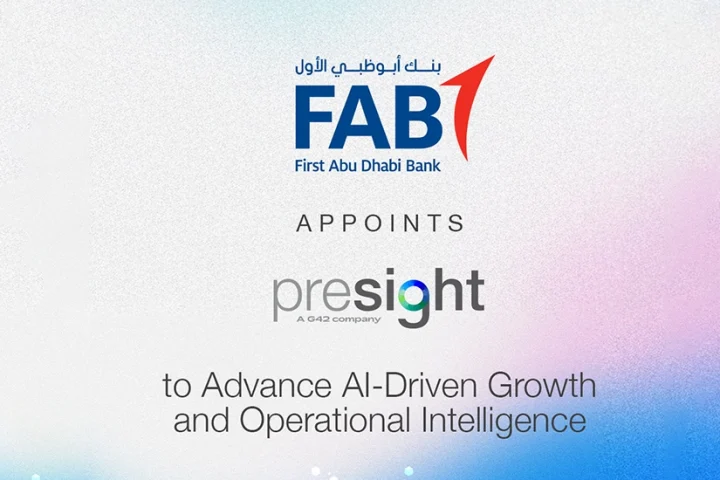Flash technology is changing the storage landscape, enabling companies to solve business problems and deliver value solutions in new ways. Flash is everywhere. However, it’s not just flash, but how you manage the Flash and the innovation added that makes the difference. WORDS- Soumya
Flash storage has come a long way in the last few years. In the current scenario, the real winners are vendors who can provide and Customers who can use intelligent hybrid flash solutions. As Daniel Nargunam, Business Unit Manager – Storage, Global Solutions Network remarks- “Without efficient and effective De-Duplication, Compression, Encryption and Enterprise Features it will be “just a bunch of Disks”. Alex McMullan – Field CTO, Pure Storage comments, “Flash technology has undergone tremendous development these past five years, whereby flash storage has become a lot more affordable and plug-and-play compatible, thus an excellent solution for companies of any size”.
As businesses see huge increases in storage, criticality of data, and need for performance, for years price has been the number one barrier to enterprise flash adoption. “Dell has been knocking down these walls through innovation cycles to make the high performance, reliability, and smaller footprint of flash practical for almost any workload” says Shams Hasan, Enterprise Product Manager at Dell ME.
Treading the flashy path
There is every reason to consider Flash, if you are looking for cost-efficient Reliability and Performance. Flash can definitely improve the Customer’s Storage TCO and Operational Efficiency. “The virtues of all flash arrays are widely known and generally touted as the best and only option for high-performance workloads such as VDI, transactional databases and as storage for high demand virtual servers, essentially, anywhere we want shared storage to operate extremely quickly”, says Ranjith Kaippada, Senior Sales Manager, StorIT Distribution. He adds that Flash drives are catching up because people want faster rate performances. “The biggest reason for this increase is that the cost of a flash drive was very high earlier. Since the volumes have started picking up, the prices have begun dropping down and so people are putting more and more data into flash drives.” Alex has an interesting point to back this up- “Today’s storage arrays are a 5-year investment including commissioning, use and migration at end of life. Moore’s Law is driving exponential increases in workloads so the storage being deployed today needs to be able to sustain workloads from servers and applications in 2020. Existing disk-based technology will not be able to meet that future requirement for capacity, power consumption or performance, flash is the only existing technology that can do this.”
Who’s got the edge?
When all flash arrays supposed to be fast; how does one gain that edge over the others then? Shams retorts- “Modern workloads need more than just pure speed. That’s why we approach flash differently than others. Dell pioneered auto-tiering with its “lowest stress” technology. Now, we’ve flash-optimized all aspects of our intelligent data placement capabilities to create full-featured enterprise-class solutions that provide a winning combination of top performance, cost-savings, and application-centric features.”
Fadi Kanafani, Regional Director for Middle East, North Africa and Pakistan, NetApp remarks, “NetApp’s flash strategy is to deliver the most comprehensive portfolio in the industry that allows customers to maximize the value of flash across the entire compute, network and storage stack. Our strategic framework is designed to provide maximum flexibility and choice. Furthermore, NetApp assists enterprise IT departments to implement a scale-out all-flash storage system at a reasonable price as we provide additional services including software license bundles, support, and a basic warranty.”
 “Flash from HDS is designed with enterprise resilience. The chips are not industry standard chips. We at Hitachi have a catchphrase—one platform for all storage and this has transcended across flash”, Aaron White, General Manager Hitachi Data Systems Middle East and Pakistan remarks with confidence.
“Flash from HDS is designed with enterprise resilience. The chips are not industry standard chips. We at Hitachi have a catchphrase—one platform for all storage and this has transcended across flash”, Aaron White, General Manager Hitachi Data Systems Middle East and Pakistan remarks with confidence.
Ranjith tells us, “StorIT being a value solution consultant, delivers products that best suits the customer environment. We take into consideration situations where DB applications, data mining, warehousing VM & VDI deployment need high performance. We specify the need of storage performance as key for growth. We combine best in class products to the solutions.”
According to Alex, Pure Storage’s new Evergreen Storage model eliminates the three- to five-year rip-and-replace storage lifecycle that has impaired IT efficiency for decades.
Past July, Dell became the first storage array provider to announce adoption of the industry’s newest, highest-density, and lowest-cost-for-performance enterprise flash drives based on Triple Level Cell (TLC) 3D NAND technology.
Flash only- is it a wise step?
The usefulness of “all-flash only” solutions is something that should be scrutinized. Shams comes up with a witty point- “Just like we don’t drive our cars at 200 km/hr all the time, we don’t need high performance flash storage for all our data requirements, and all-flash, all the time doesn’t make fiscal sense.” When it comes to enterprise flash, hybrid storage arrays make the most sense. It is important to understand the requirements of the company and create a tailored datacenter that mirrors those requirements. Another interesting point that Aaron highlights is, “In the age of consolidation, in which we are, why introduce a further silo of just flash. Again the way Hitachi looks at it is flash is simply a tier on which your most critical data sits… each with appropriate costs per dollar for the performance of application that is required.”
Finally..
So, what’s going to be the future of flash storage? Well, with flash storage technology’s unique advantages over conventional storage solutions, flash storage is what everyone wants to grab. As the long-term IT strategies of enterprises evolve, multiple approaches to flash are emerging. IT organizations are in the midst of a transition as they evaluate the role of new technologies and delivery models in their environments, a strategy of delivering innovative best-of-breed solutions that are cloud-integrated and flash-accelerated is the way forward.




















